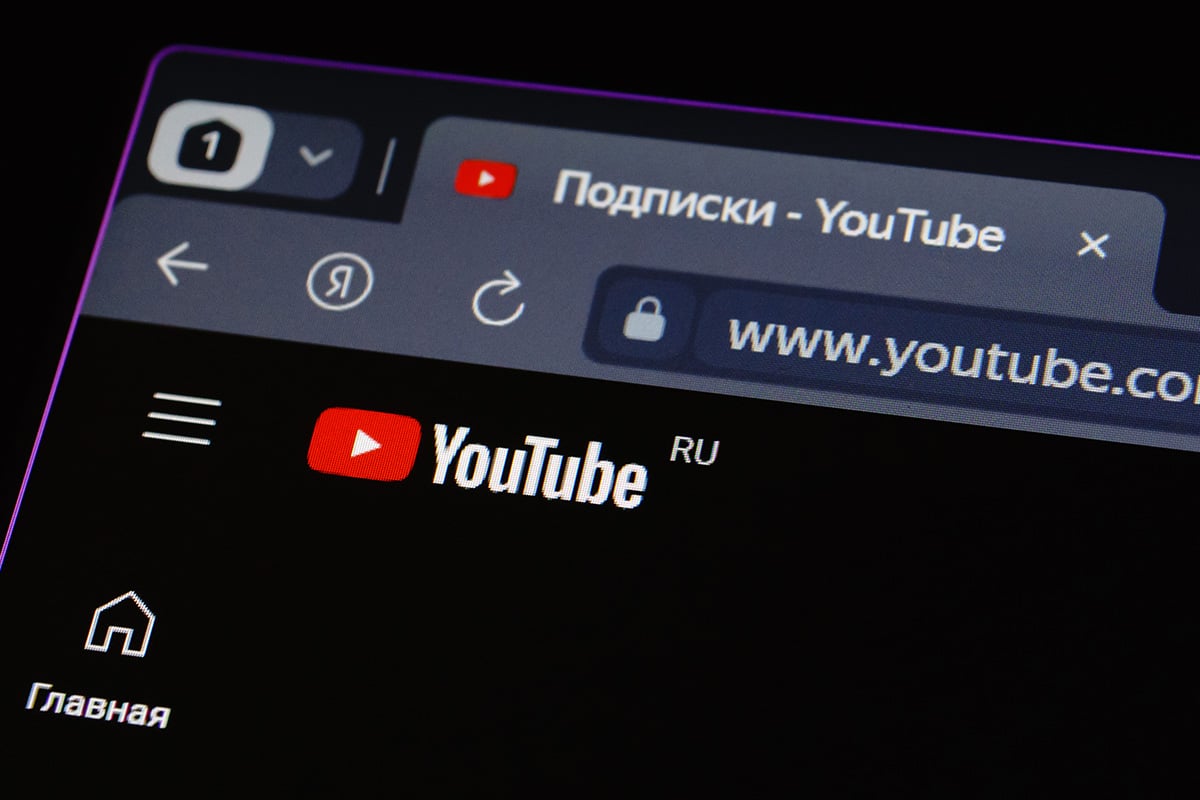TLDRs;
Contents
- YouTube to launch AI age detection in US from August 13 to protect minors.
- The AI system limits sensitive content, disables ads, and triggers privacy reminders.
- Users flagged as under 18 can verify identity via ID, selfie, or credit card.
- Rollout follows rising global regulatory pressure for stricter online child safety measures.
YouTube, the Google-owned video-sharing platform, will introduce artificial intelligence-powered age detection technology in the United States starting August 13.
The goal is to more accurately identify users under the age of 18 and automatically apply safeguards aimed at protecting minors online.
The system will leverage a mix of account information and user behavior patterns to determine whether a user is likely underage. If flagged, the platform will enforce several restrictions, including blocking access to age-restricted content, disabling personalized advertisements, and displaying frequent privacy prompts.
This move comes amid growing concern over youth exposure to harmful online content and mounting regulatory demands worldwide.
What Will Change for Under-18 Users on YouTube?
Under the new AI-driven system, YouTube will automatically apply a set of protections to accounts it identifies as belonging to users under 18.
These safeguards include disabling targeted advertising, limiting repeated recommendations on sensitive topics, and activating “take a break” reminders to encourage healthier screen time habits.
In cases where users believe they’ve been misclassified, YouTube will offer several options to verify their age, such as submitting a government-issued ID, completing a selfie-based verification, or using a credit card. The platform will notify affected users and provide clear instructions on how to correct the age classification if necessary.
Global Regulatory Pressure Grows
YouTube’s rollout is part of a broader movement across the tech industry as global lawmakers intensify efforts to enforce child safety on the internet. Countries like the UK have introduced laws mandating strict age verification, while several US states are adopting their own policies. Australia recently banned social media accounts for users under 16, putting enforcement duties on tech platforms themselves.
Failure to comply could lead to hefty fines, such as Ireland’s threat of penalties up to $23 million or 10% of global turnover. These mounting pressures are pushing social media platforms, including YouTube and X (formerly Twitter), to embrace AI-based solutions.
Accuracy in AI Age Estimation
Despite these advancements, YouTube and other platforms still face challenges in delivering precise results. Current AI models used for age estimation carry an error margin of about 1 to 3 years. This has led to concerns about misclassification and usability issues, especially when the tools are applied at scale.
Additionally, self-reported age inputs remain vulnerable, with studies showing up to 40% of children aged 8-12 using social media platforms despite age restrictions.
YouTube says it will monitor the US launch before expanding to other regions, suggesting a cautious but forward-leaning approach as it navigates the technical and ethical complexities of automated age detection.


